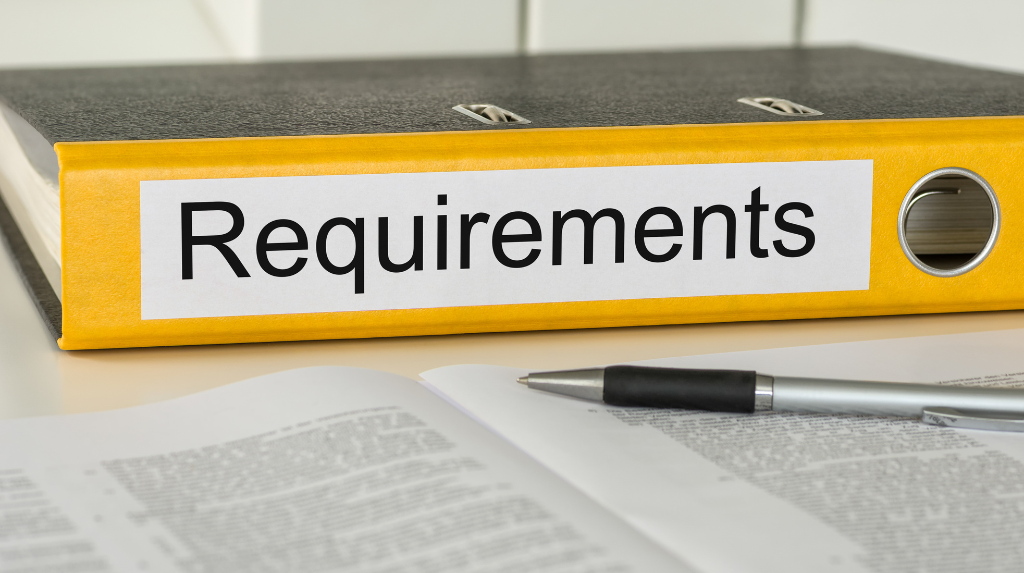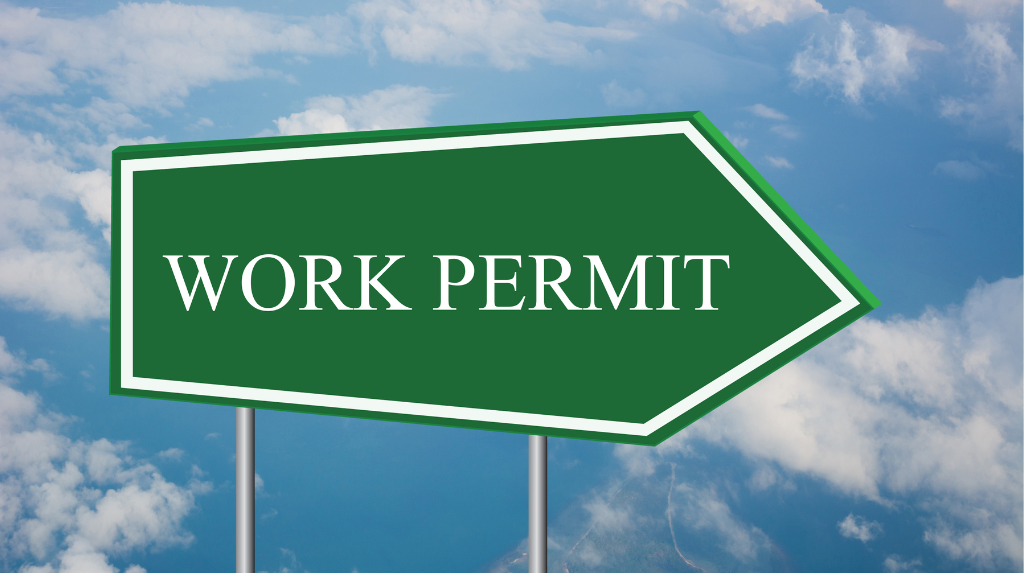Poland is the sixth most populous country in the European Union and has a strong economy and rich culture. It’s in the center of Europe, making it a popular destination for travelers. If you’re planning to visit, it’s important to know the Schengen visa rules. This Poland’s Entry Requirements guide will help you understand what you need for a smooth trip to Poland.
Why Visit Poland?
Poland at a Glance:
- Population: 38.3 million
- Area: 312,696 km²
- Highlights: Historical landmarks, vibrant cities, and breathtaking natural beauty.
- Economy: A key player in the EU, attracting tourists and business travelers alike.
Schengen Membership:
Since joining the Schengen Area in 2007, Poland has allowed travelers with a Schengen visa to enter without additional visas. You can apply for this visa at the Polish embassy or consulate in your home country.
Top Tourist Attractions in Poland
- Wawel Castle, Kraków: A stunning symbol of Poland’s history and architecture.
- Auschwitz-Birkenau: A UNESCO World Heritage Site, offering a poignant glimpse into history.
- Malbork Castle: The world’s largest brick castle, showcasing medieval grandeur.
- Gdansk Old Town: A charming area with colorful buildings and a rich maritime heritage.
- Masurian Lakes: Perfect for nature lovers and outdoor activities.
- Warsaw: The capital city, blending modernity with tradition, featuring a thriving arts scene and historic landmarks.
Entry Requirements
EEA Nationals:
- Entry is straightforward with a valid ID.
Non-EEA Citizens:
- Valid Passport: Must be valid for at least three months beyond your planned departure.
- Schengen Visa: Required for certain nationalities, including proof of the trip’s purpose.
- Financial Proof: Show sufficient funds (300 PLN/€67.76 for every three days, plus 100 PLN/€22.59 per additional day).
- Border Entry Questions
Be prepared to answer:
- Purpose of your visit
- Length of stay
- Accommodation details
Who Needs a Schengen Visa?
You may need a Schengen visa if:
- You hold a passport from a country without a visa liberalization agreement with Schengen states.
- You have previously been denied entry to Poland or another Schengen country.
Required Documents for Poland Schengen Visa
- Application Form: Accurately filled and up-to-date.
- Passport Photos: Two recent, identical photos.
- Valid Passport: With at least two blank pages.
- Previous Visas: If applicable.
- Travel Health Insurance: Minimum coverage of €30,000.
- Round-trip Itinerary: Flight bookings with details.
- Proof of Accommodation: Hotel reservations or similar.
- Financial Proof: Evidence of sufficient funds.
- Cover Letter: Explaining the purpose and duration of the visit.
- Civil Status Proof: Such as marriage or birth certificates, if applicable.
Additional Requirements Based on Employment Status
- Employed: Employment contract, bank statements, employer’s leave permission.
- Self-Employed: Business license, company bank statements, tax returns.
- Student: Proof of enrollment, no-objection certificate.
- Retired: Pension statements.
- Others: Proof of regular income from properties, if applicable.
Special Requirements for Minors
- Birth Certificate
- Signed Application Form by Both Parents
- Family Court Order (for single custody)
- Parents’ IDs
Visa Types Based on Purpose of Entry
- Airport Transit: Valid visa for the final destination and flight ticket.
- Transit: Same as above, with additional documents for seafarers.
- Business: Invitation letter, trip purpose evidence, financial proof.
- Study: Acceptance letter, no-objection letter, internship agreement.
- Medical: Medical reports, and financial arrangements for treatment.
- Cultural/Sports/Film Crew: Event information, invitation letters, qualification proof.
- Spouse of Polish National: Proof of Polish citizenship, marriage certificate.
- Official Visits: Official invitation and purpose evidence.
Applying for a Polish Short-Stay Visa
- Determine the Application Venue: Polish Embassy, consulate, or authorized Visa Application Center.
- Choose Visa Type: Based on your travel purpose.
- Collect Documents: Ensure all are in order.
- Schedule an Appointment: At the respective application venue.
- Attend Interview: If required.
- Await Processing: Typically takes up to 15 days, sometimes longer.
Visa Fees
- Adults: €80
- Children (6-12 years): €40
- Children (under 6 years): Free
- Exemptions/Reductions: Based on nationality and purpose, check official sources for details.
- Visa-Free Stay in Poland
Certain nationalities enjoy visa-free entry for up to 90 days. EU/EEA nationals may need to register if staying longer. Non-EU/EEA travelers from countries like the USA, Canada, and Australia can stay visa-free but must apply for a residence permit for longer stays.
Extending Your Schengen Visa
In exceptional cases, you can extend your visa for reasons like humanitarian needs. Apply at Civil and Migration Affairs Departments in Voivodeship Offices.
Visa Revocation
Your visa can be revoked if you no longer meet the entry conditions. Ensure compliance with all requirements to avoid complications.
Navigating the Schengen visa process to visit Poland involves careful preparation and adherence to guidelines. By following this comprehensive guide, you can ensure a smooth visa application process and enjoy an unforgettable visit to Poland. For detailed and up-to-date information, always refer to the official website of the Polish embassy or consulate in your country.
How Law and Visas Can Help?
At Law and Visas, our team of expert immigration consultants is here to make your travel for Poland’s Entry Requirements straightforward and successful. Whether you’re applying for a Poland Schengen Student Visa or Poland Schengen Transit Visa, we handle every step—from preparing your application to gathering the required documents.
Our immigration lawyer consultants and Lawyers ensure that your application meets the highest standards, with no details missed. We’ll also keep you informed throughout the process, coordinating with the immigration office or embassy on your behalf.
Law and Visas has a strong record of helping clients secure the visas/permits they need for Poland’s Entry Requirements. Call us today at +234 812 5505 986 to learn how we can assist you.





